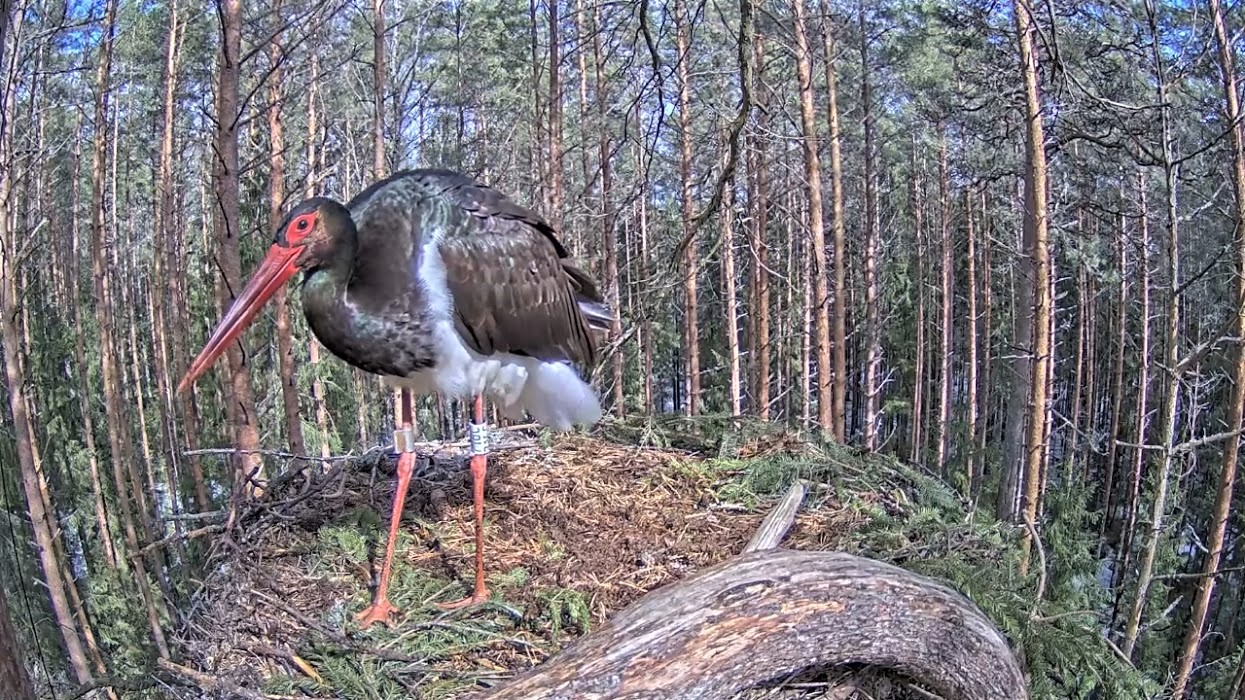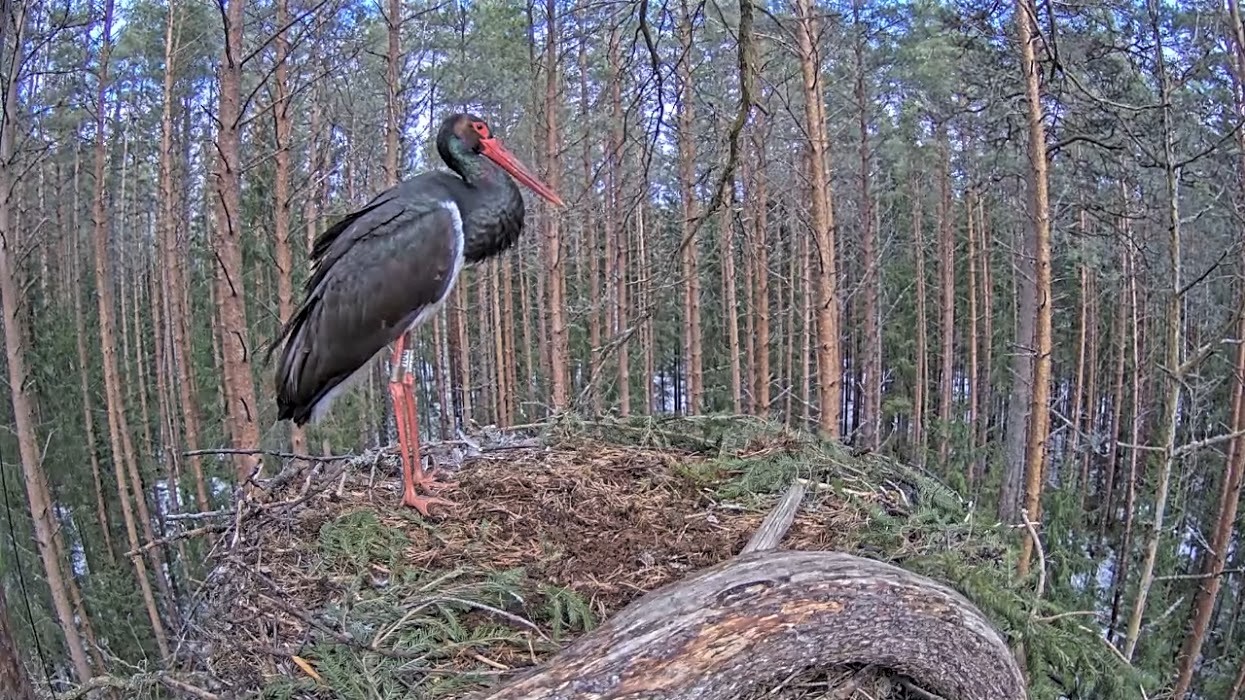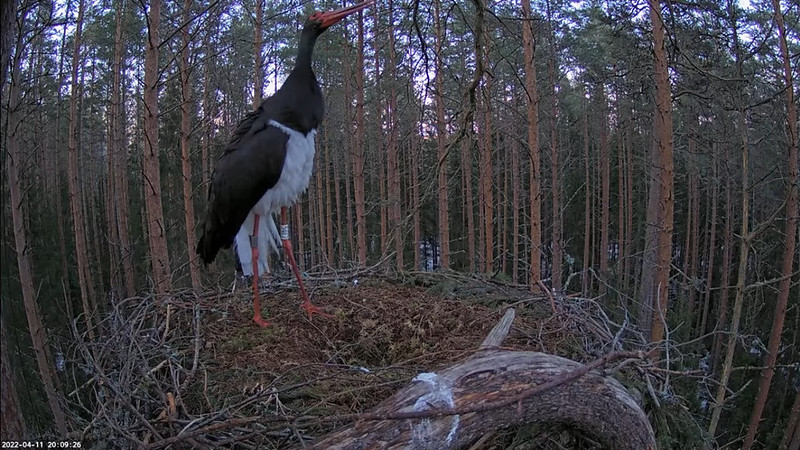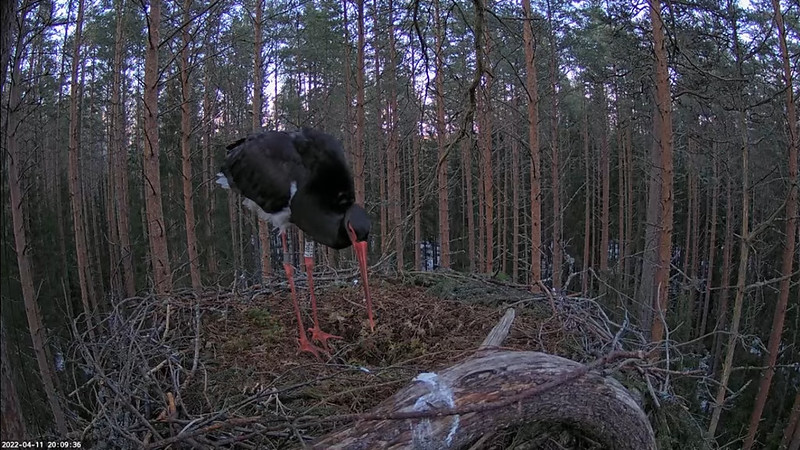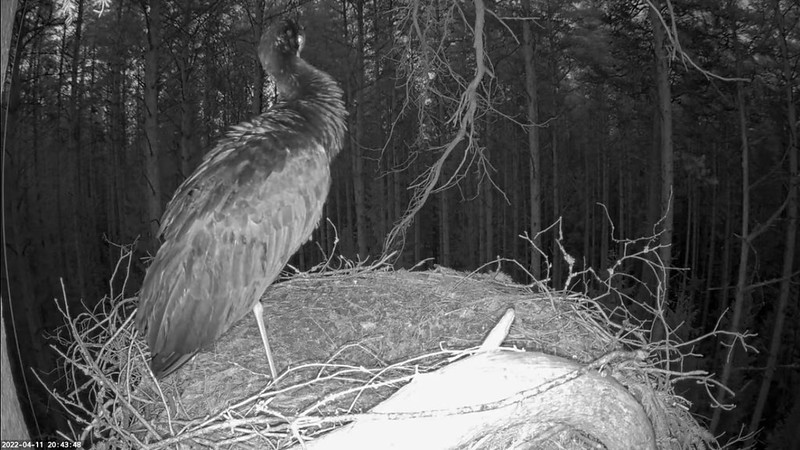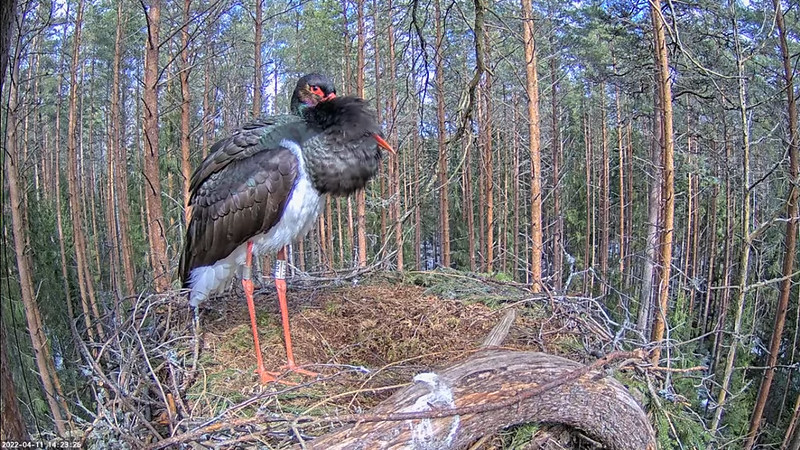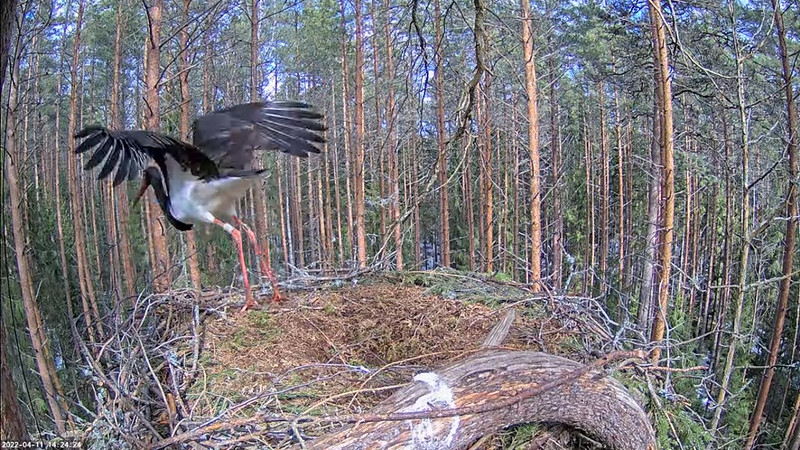.
THE LOCATION
This Black Stork nest is located in Karula National Park which is possibly the best breeding area for Black Stork in Estonia nowadays.
Karula National Park
The smallest (surface area: 123 km²) and hilliest national park in Estonia, Karula National Park is located in the Karula Uplands, on the borders of Valga and Võru counties.
The unique, beautiful terrain of the Karula Uplands formed more than 10,000 years ago as a result of the action of glacial ice. With the continental glacier retreating, the northern section of Karula came to feature predominantly dome-shaped kames, or hills covered with fields, grassland or forests. Kames are separated from one another by small, wet meadows, forest stands, patches of marshy ground and lakes. The hilly section of the national park is its most densely populated area. The southern part of Karula features groups of eskers and kames with mires and forests, where human settlements are quite rare. The highest point in the uplands is Tornimägi Hill (137.8 m) in the village of Rebasemõisa. The Karula Uplands boast 60 lakes, of which 40 are located in the national park. The largest among them is the picturesque Lake Ähijärv (176 ha) with its winding shoreline, next to Ähijärv is Karula National Park visitor centre.
Karula is the name of a former parish, thought to come from the word karune, or rough. This word perfectly describes the region, which abounds in wooded hills difficult to access or cultivate.
The varied terrain of Karula was placed under national protection, with the original landscape protection area being designated a national park in 1993. The park was established to preserve the natural environment found in the hilly landscapes characteristic of Southern Estonia, where forests and lakes abound, as well as species under protection and the cultural heritage of the area.
© https://kaitsealad.ee/en/protected-area ... nal-park-0
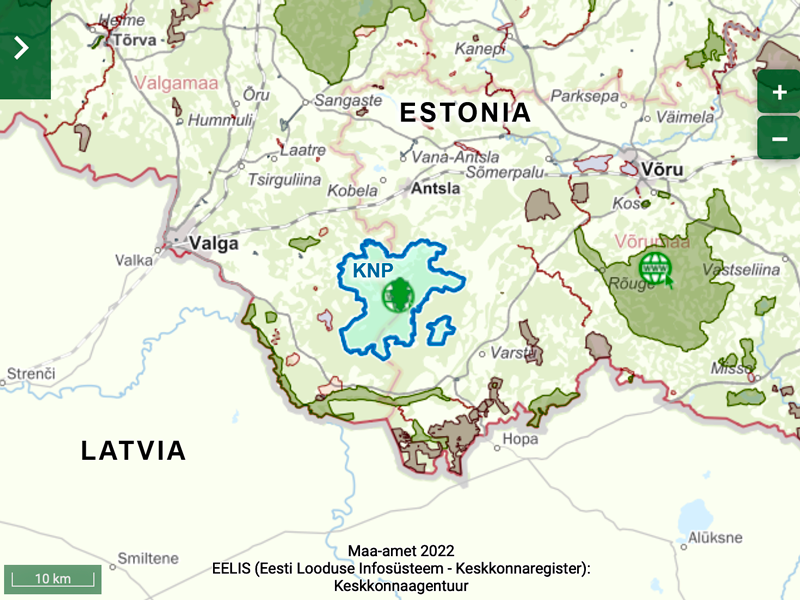
© https://kaitsealad.ee/en/protected-area ... nal-park-0
Karula rahvuspargi Lüllemäe kuplistik sügisel (The Lüllemäe Hills of Karula National Park in autumn)
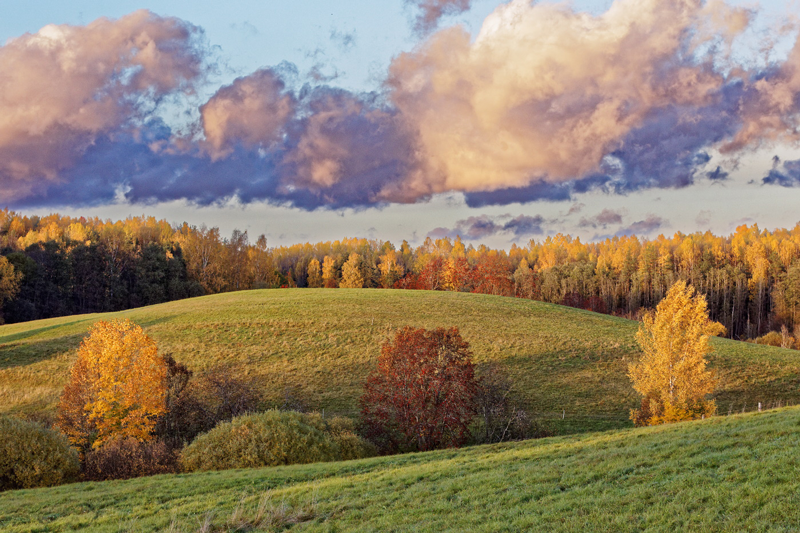
© Photo: Arne Ader
© https://kaitsealad.ee/en/protected-area ... nal-park-0
Video
Here you can watch a beautiful video of Karula National Park:
The hidden treasures of Karula National Park - Karula rahvuspargi peidetud väärtused
© Keskkonnaamet
THE NEST
The original nest was found in February 2016 by the Eagle Club's (Kotkaklubi) nest search camp.
The old nest collapsed after the 2017 breeding season.
A new - artificial - nest was build by Urmas & Friends in the same tree, before the 2018 breeding season began.

https://www.looduskalender.ee/n/en/node/3350
SUCCESSIVE BREEDING SEASONS
2016 - Karl (715R) and Kati
There were 4 eggs. 3 hatched. One of the 3 chicks had a severe growth retardation and did not develop normally. That chick clearly had a health problem and has been eliminated by Kati. The other 2 (Kulla and Kalli) were well fed and fledged successfully. They had no transmitter.
2017 - Karl (715R) and Kati
There were 4 chicks. Although the youngest looked healthy, it was eliminated by Kati.
The reason why bird infanticide (brood reduction) occurs on a nest is well described here:
viewtopic.php?p=686634#p686634
The remaining 3 storklets (Unu, Tali and Usin) were well-nourished and fledged successfully. They had no transmitter.
2018 - Karl (715R) and Kati
There were 4 eggs, but only 3 hatched. All 3 storklets were healthy and well-fed. All 3 fledged successfully. Unfortunately Päike and Maru perished during their first autumn migration. Our Karula perished in Turkey, shortly before his 3rd birthday.
2019 - Karl II (716C) and Kati
Karl perished on his way home in the spring of 2019. A new male took his place (Karl II). Kati accepted him immediately. There were 4 eggs. All 4 chicks hatched. Kati eliminated the youngest chick. Another storklet was knocked from the nest by a goshawk. The 2 remaining storklets, Oru and Aru, fledged successfully, but perished during their first autumn migration
2020 - Karl II (716C) and Kaia
Kati didn’t return to the nest in spring. Probably she perished.
Karl II waited on the nest. Finally a very young (presumably 2 years old - born in 2018) female arrived (Kaia).
She laid 2 late eggs, but abandoned them. Kaia was then very skinny and not in good condition, and probably also too young to take on a maternal role. No chicks hatched.
2021- Karl II (716C) and Kaia
There were 4 eggs. One of the eggs broke during incubation. 3 chicks, Udu, Pikne and Tuul, hatched and fledged successfully. Little Tuul was predated shortly after starting his first migration. The 2 others flew to Africa, but didn’t send a spring update (so far)
2022- Karl II (716C) and Kaia
2022
2022- Karl II (716C) and Kaia
Current season.
LIVE STREAM







